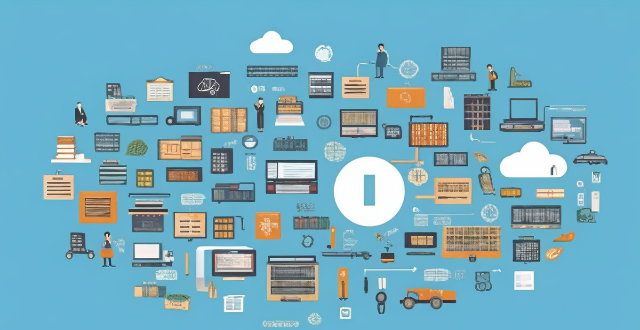Huawei, a global technology company, ensures consistency in its Industrial Design (ID) across various product lines through a strategic approach involving unified design language, cross-functional teams, standardized guidelines, continuous training, rigorous testing, technological leverage, and evolutionary design updates. This commitment to consistency is crucial for brand recognition and user experience, allowing Huawei to maintain a cohesive and recognizable brand image worldwide.

How Huawei Ensures Consistency in Its ID Design across Different Product Lines
Huawei, as a global technology company, places great emphasis on maintaining consistency in its Industrial Design (ID) across various product lines. This consistency is crucial for brand recognition and user experience. Here's how Huawei achieves it:
1. Unified Design Language
_Centralized Design Philosophy_
Huawei adopts a centralized design philosophy that guides the overall aesthetic of their products. This philosophy ensures that all devices share a common visual thread, making them easily identifiable as Huawei products.
_Key Elements_
- Color Palette: A defined set of colors is used consistently across devices.
- Typography: Uniform font styles are applied to labels, icons, and interfaces.
- Material Selection: Choice of materials aligns with the brand's high-quality standards.
2. Cross-functional Teams
_Collaboration Across Departments_
Huawei fosters collaboration between design, engineering, and marketing teams. These cross-functional teams work together to ensure that design decisions complement technical capabilities and market trends.
_Roles and Responsibilities_
- Designers focus on aesthetics and usability.
- Engineers ensure feasibility and manufacturability.
- Marketing provides insights into consumer preferences.
3. Design Guidelines and Templates
_Standardization_
Huawei creates comprehensive design guidelines and templates that standardize the design process. These guidelines cover everything from button sizes to screen layouts, ensuring uniformity across different devices.
_Examples_
- Interface Layouts: Standard layouts for consistency in user interface design.
- Hardware Components: Guidelines for the placement and size of cameras, speakers, and ports.
4. Ongoing Training and Education
_Continuous Learning_
Huawei invests in the ongoing training and education of its designers. This ensures that they stay updated with the latest design trends while adhering to Huawei's design principles.
_Workshops and Seminars_
- Internal Workshops: Hosted to share best practices and maintain design consistency.
- External Seminars: Attended to gather inspiration and incorporate external influences harmoniously.
5. Quality Assurance and Reviews
_Rigorous Testing_
Before any product launch, Huawei conducts rigorous quality assurance tests to evaluate the consistency of its ID design. These tests help identify any deviations from the established design language.
_Feedback Loop_
- Peer Reviews: Designs are critiqued by fellow designers for compliance with guidelines.
- Consumer Feedback: Analyzed to refine future designs based on user preferences.
6. Leveraging Technology
_Advanced Tools_
Huawei utilizes advanced design software and tools to create precise mockups and prototypes. This technological advantage allows for accurate replication of the intended design across different products.
_Technological Innovation_
- 3D Modeling: Used to visualize designs in detail before production.
- CAD Programs: Employed for creating precise blueprints and specifications.
7. Evolutionary Design Updates
_Iterative Process_
While maintaining consistency, Huawei also embraces gradual design updates. These updates evolve the brand's design language without compromising its core identity.
_Balancing Act_
- Innovation: Introducing new elements while preserving familiar aspects.
- Legacy: Retaining iconic design features that define the Huawei brand.
In conclusion, Huawei's commitment to consistency in ID design across different product lines is evident through its strategic approach involving unified design language, cross-functional teams, standardized guidelines, continuous training, rigorous testing, technological leverage, and evolutionary design updates. By prioritizing these aspects, Huawei successfully maintains a cohesive and recognizable brand image worldwide.